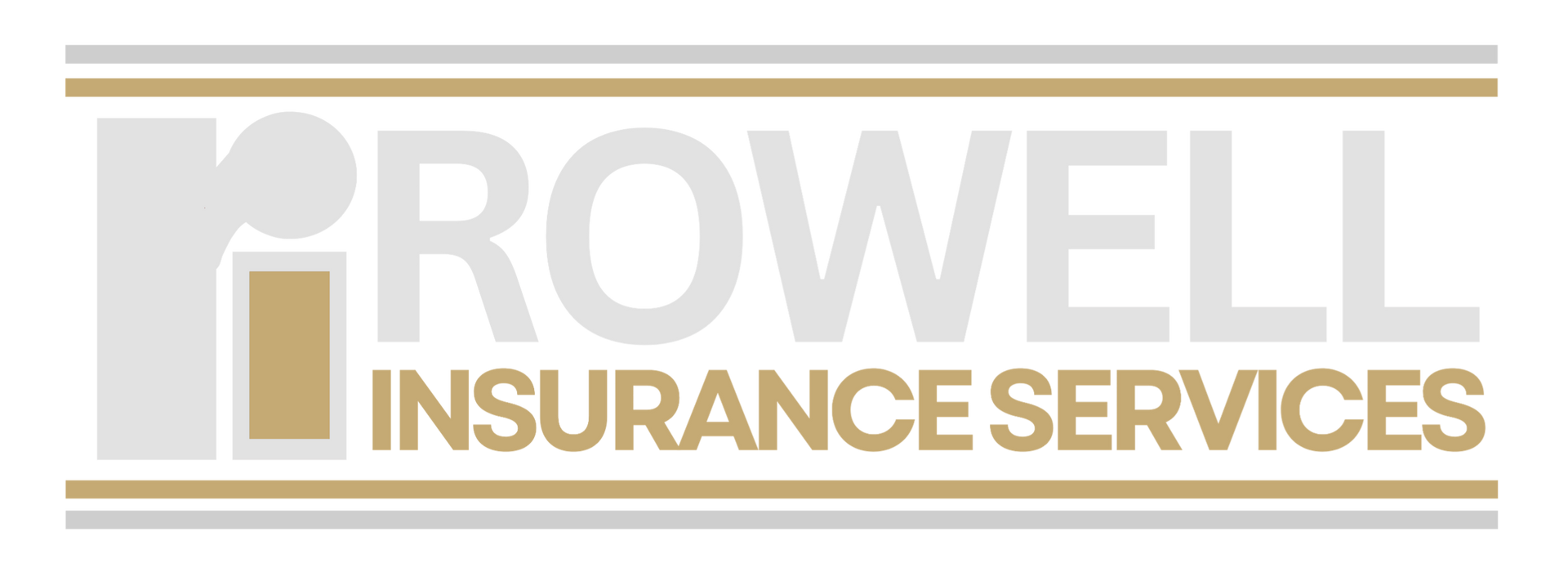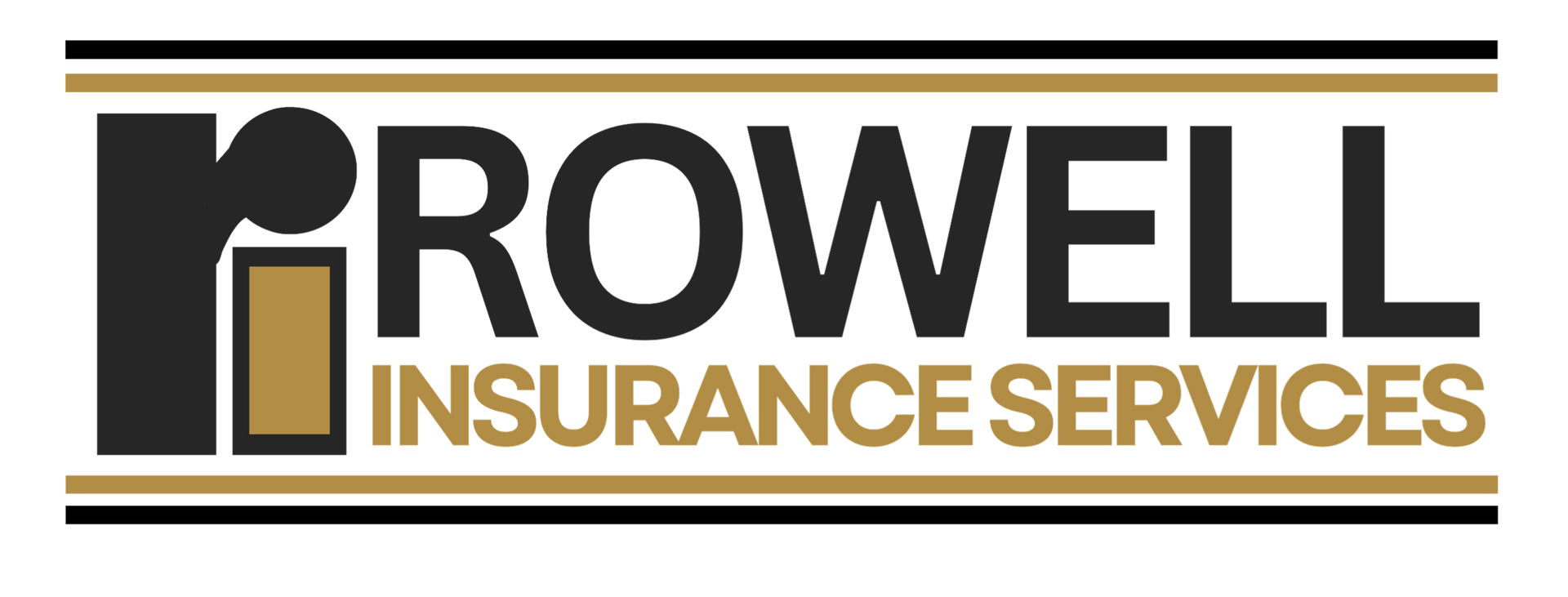Flood Insurance
Floods aren’t just a coastal problem. In fact, floods occur more often than hurricanes, tornadoes, or earthquakes. According to FEMA and the National Flood Insurance Program (NFIP), just one inch of water inside your home can cause over $7,000 in damage — and standard homeowners policies don’t cover flood loss.
That’s why we offer flood insurance solutions to help protect your home, your belongings, and your peace of mind — no matter where you live.
What Does Flood Insurance Cover?
A flood insurance policy can help pay for:
- Structural damage to your home
- Water heater, furnace, and air conditioning systems
- Flood cleanup and debris removal
- Damaged flooring (like carpet and tile)
- Personal belongings such as furniture, clothing, and electronics
- High-value items like artwork or jewelry (when properly scheduled)
Why You Might Need Flood Insurance — Even If You're Inland
Every property is in a flood zone — it’s just a matter of risk level. Flooding can occur from:
- Heavy rain or flash flooding
- Overflowing creeks, ditches, or canals
- Melting snow or dam failures
- Storm surges or blocked drainage systems
Even low-risk areas aren’t immune. In fact, over 20% of flood insurance claims come from properties outside of high-risk zones.
How to Prepare for a Flood
After purchasing flood insurance, take the following precautions:
- Create an emergency kit with food, water, flashlights, and medications
- Make a family communication and evacuation plan
- If building or remodeling, elevate your electrical systems and utilities
- Install check valves in drains to prevent water backup
- Seal basement walls with waterproof compounds
- If possible, build barriers to direct water away from the home
What to Do If Flooding is Threatening Your Area
- Stay tuned to local news or weather alerts via TV or radio
- Move to higher ground immediately if flash flooding is possible
- Avoid walking through moving water — even 6 inches can knock you down
- Avoid driving through flooded roads; water can hide damage or sweep vehicles away
- If evacuation is needed:
- Bring essential belongings upstairs
- Turn off utilities if instructed to do so
- Unplug appliances and avoid contact with electrical systems while wet
After a Flood: Safety First
- Wait for authorities to declare it safe before returning home
- Avoid floodwaters — they may be contaminated with oil, chemicals, or sewage
- Watch for structural damage, downed power lines, or weakened roads
- Use extreme caution when walking or driving through flooded areas
- Check local updates to confirm whether your water is safe to drink
Need to File a Flood Claim?
If your property has flooded, we’re here to guide you through the claims process. Contact our office for help with filing or managing your claim. Our team is ready to support you every step of the way.

